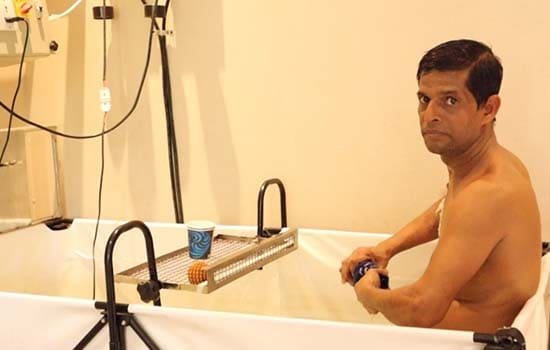
Hot water Immersion Therapy
This therapy is used to help remove toxins making it an ideal therapy for people with kidney failure issues. A person is made to sit in hot water only the head is out, from the neck to the toes everything is immersed in hot water. This leads to an increase in the temperature of the body instantly, resulting in dilation of the blood vessels which further improves the blood circulation and pumps better nutrients to the body. Not only that it reduces stress and pain while also leading to quick muscle recovery.
Your body is in a constant state of restoration. It is always working to fight against the biological processes of deterioration. Add an injury or a stressful day into the mix and your body is working overtime to improve itself. To be healthy, we need to eat well and exercise. Mother Nature has also given us another gift that improves health. That is hot water immersion. The healing that immersion provides is difficult to achieve on land without medication.
FAQs
What are the benefits of hot water immersion?
The key benefits of hot water immersion – Not only does it help physical recovery, but it also helps to improve your mood, boost your body functions, allows better communication and improves your memory

